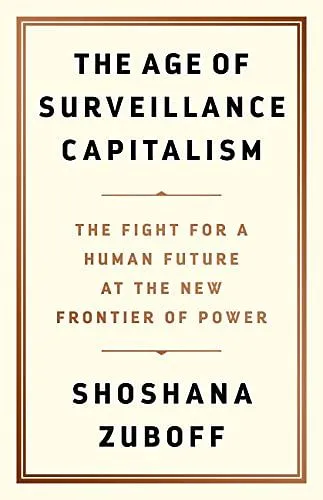I felt so lonely… I could not sleep well without sharing or connecting to others,” a Chinese girl recalled. “Emptiness,” an Argentine boy moaned. “Emptiness overwhelms me.” A Ugandan teenager muttered, “I felt like there was a problem with me,” and an American college student whimpered, “I went into absolute panic mode.” These are but a few of the lamentations plucked from one thousand student participants in an international study of media use that spanned ten countries and five continents. They had been asked to abstain from all digital media for a mere twenty-four hours, and the experience released a planet-wide gnashing of teeth and tearing of flesh that even the study’s directors found disquieting.1 Capping the collective cri de coeur, a Slovakian university student reflected, “Maybe it is unhealthy that I can’t be without knowing what people are saying and feeling, where they are, and what’s happening.”
The students’ accounts are a message in a bottle for the rest of us, narrating the mental and emotional milieu of life in an instrumentarian society with its architectures of behavioral control, social pressure, and asymmetrical power. Most significantly, our children are harbingers of the emotional toll of the viewpoint of the Other-One as young people find themselves immersed in a hive life, where the other is an “it” to me, and I experience myself as the “it” that others see. These messages offer a glimpse of the instrumentarian future, like the scenes revealed by Dickens’s Ghost of Christmas Yet to Come. So shaken was Scrooge by his glimpse of bitter destiny that he devoted the remainder of his life to altering its course. What will we do?
The question hangs over this chapter. Pentland celebrates Facebook as the perfect milieu for effective social pressure and tuning. In the sections that follow, we explore the mechanisms that Pentland admires. Why is it so difficult for young people to unplug? What are the consequences of that attachment for them and for all of us? Facebook has learned to bite hard on the psychological needs of young people, creating new challenges for the developmental processes that build individual identity and personal autonomy. The effects of these challenges are already evident in a parade of studies that document the emotional toll of social media on young people. As we shall see, the hive and its larger architecture of Big Other plunge us into an intolerable world of “no exit.”
The international “unplug” study helps to set the stage, for it reveals a range of emotional anguish summarized in six categories: addiction, failure to unplug, boredom, confusion, distress, and isolation. The students’ sudden disconnection from the network produced the kinds of cravings, depression, and anxiety that are characteristic of clinically diagnosed addictions. The result was that a majority in every country admitted that they could not last out the day unplugged. Their angst was compounded by the same Faustian pact with which we are all too familiar, as they discovered that nearly all daily logistical, communicative, and informational requirements were dependent upon their connected devices: “Meeting with friends became difficult or impossible, finding the way to a destination without an online map or access to the internet became a problem, and simply organizing an evening at home became a challenge.” Worse yet, the students found it impossible to imagine even casual social participation without social media, especially Facebook: “Increasingly no young person who wants a social life can afford not to be active on the site, and being active on the site means living one’s life on the site.
Business and tech analysts cite “network effects” as a structural source of Facebook’s dominance in social media, but those effects initially derived from the demand characteristics of adolescents and emerging adults, reflecting the peer orientation of their age and stage. Indeed, Facebook’s early advantage in this work arose in no small measure from the simple fact that its founders and original designers were themselves adolescents and emerging adults. They designed practices for an imagined universe of adolescent users and college students, and those practices were later institutionalized for the rest of us, reducing the social world to a tally of “friends” who are not friends and “likes” that provide a continuous ticker tape of one’s value on the social market, stoking the anxieties of pre-adulthood and anticipating the mesmerizing social disciplines of the hive.
The researchers concluded that their global study of students had “ripped back the curtain” on the loneliness and acute disorientation that overwhelm young people when faced with disconnection from social media. It wasn’t simply that they didn’t know what to do with themselves but rather that “they had problems articulating what they were feeling or even who they were if they couldn’t connect.” The students felt as though “they had lost part of themselves.”
Excerpt From: Shoshana Zuboff. “The Age of Surveillance Capitalism.”







